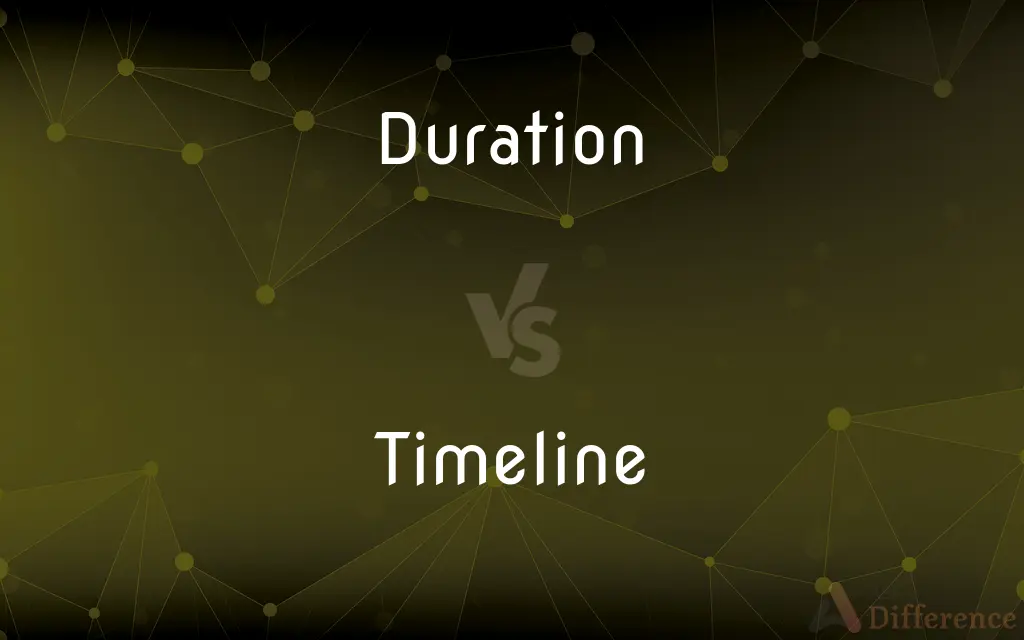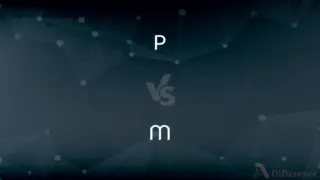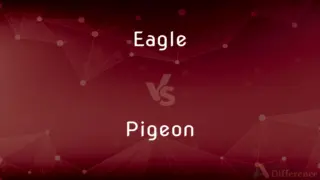Duration vs. Timeline — What's the Difference?
Edited by Tayyaba Rehman — By Maham Liaqat — Updated on March 2, 2024
Duration refers to the length of time something lasts, from start to finish, whereas timeline indicates a chronological sequence of events or phases within a specified period.

Difference Between Duration and Timeline
Table of Contents
ADVERTISEMENT
Key Differences
Duration is a term used to quantify the total time span of an activity, event, or process, measuring from its commencement to its conclusion. It focuses on the temporal extent without detailing the sequence of events that occur within this time frame. For example, the duration of a project might be six months, highlighting how long it will take from beginning to end. On the other hand, a timeline provides a detailed chronological outline of events or phases that occur within a specified period. It not only encompasses the start and end points but also the sequence and timing of intermediate milestones or activities.
While duration gives a broad sense of how long something lasts, a timeline offers a structured visualization or representation of how events unfold over time. Timelines are particularly useful for planning, tracking progress, and understanding the historical context of events, as they lay out the sequence in which events or stages happen. Conversely, knowing the duration of a project or event helps in resource allocation, scheduling, and setting expectations regarding completion.
In project management, duration is crucial for estimating timelines and ensuring that resources are adequately allocated for the timely completion of tasks. However, the timeline itself becomes a tool for visualizing the project's phases, deadlines, and dependencies among tasks, which is essential for coordination and communication among team members.
The use of duration and timeline together can provide a comprehensive understanding of a project or event. While the duration offers a snapshot of the time commitment required, the timeline breaks down this period into more detailed segments, showing the progression and interrelation of activities within the overall timeframe.
Duration and timeline serve complementary purposes: duration emphasizes the length of time taken by an event or activity, while timeline focuses on the order and timing of specific events or milestones within that duration, offering a more detailed and structured view of how things are expected to progress.
ADVERTISEMENT
Comparison Chart
Definition
The total length of time something lasts.
A chronological sequence of events within a period.
Focus
Temporal extent from start to end.
Order and timing of events.
Use
Measuring time span without event specifics.
Planning and tracking event sequences.
Visualization
Not typically visualized; quantified as a measure.
Often represented visually with milestones.
Application
Resource allocation, scheduling.
Project planning, historical context.
Compare with Definitions
Duration
Duration measures the time span of an event or activity.
The duration of the flight from New York to London is approximately 7 hours.
Timeline
Useful for tracking progress and dependencies.
The construction timeline includes dates for each phase of building.
Duration
It quantifies how long something lasts, without specifics.
The course has a duration of four weeks.
Timeline
It provides a visual representation of event sequences.
The museum's timeline of ancient history helps visitors understand the chronology.
Duration
Duration is critical for setting expectations.
Patients were advised that the treatment's duration would be six months.
Timeline
Timelines can help in understanding historical contexts.
A timeline of the civil rights movement highlights significant events and achievements.
Duration
Used to allocate resources or schedule activities.
The project's duration requires careful planning of team members' workload.
Timeline
Focuses on the sequence and timing of activities.
The event timeline ensured all participants knew when their segment was scheduled.
Duration
Reflects the temporal extent of a commitment.
The contract specifies a duration of twelve months.
Timeline
A timeline is a display of a list of events in chronological order. It is typically a graphic design showing a long bar labelled with dates paralleling it, and usually contemporaneous events.
Duration
Continuance or persistence in time.
Timeline
A schedule of activities or events; a timetable.
Duration
A period of existence or persistence
Sat quietly through the duration of the speech.
Timeline
A representation or exhibit of key events within a particular historical period, often consisting of illustrative visual material accompanied by written commentary, arranged chronologically.
Duration
The number of years required to receive the present value of future payments, both of interest and principle, of a bond, often used as an indicator of a bond's price volatility resulting from changes in interest rates.
Timeline
A graphical representation of a chronological sequence of events (past or future); a chronology.
Duration
An amount of time or a particular time interval.
The duration of the flight will be about 2 hours 45 minutes.
She was moaning for the entire duration of the advert break.
Timeline
To display such a sequence graphically.
Duration
The period of time during which something continues
Timeline
A timeline arranges events or phases chronologically.
The project timeline shows key milestones over the next quarter.
Common Curiosities
Can duration and timeline be used interchangeably?
No, they serve different purposes: duration is about the length of time, and timeline is about the sequence and timing of events.
Why is a timeline important in project management?
It helps in planning, tracking progress, and ensuring all tasks are completed in the correct order and on time.
Can a timeline include durations for individual tasks?
Yes, timelines can show durations for tasks, indicating both when they start and when they are expected to finish.
What is the difference between duration and timeline?
Duration measures the total time something lasts, while a timeline shows the sequence of events within a time frame.
Does a timeline need to have exact dates?
Not always. Timelines can be detailed with exact dates or more approximate, depending on the context and purpose.
How do you determine the duration of a project?
By estimating the time required from start to finish, considering all tasks and activities involved.
How does understanding duration help in everyday life?
It aids in time management and planning, allowing for more efficient scheduling of activities and commitments.
What tools can be used to create a timeline?
Various tools, including project management software, timeline makers, and even simple spreadsheets or drawing tools.
Is a timeline always visual?
Often, but not necessarily. Timelines can be visual representations or simply chronological lists of events.
How can duration and timeline together improve project planning?
They offer a comprehensive view, with duration providing the overall time frame and the timeline detailing the sequence and timing of tasks.
Share Your Discovery

Previous Comparison
P vs. M
Next Comparison
Eagle vs. PigeonAuthor Spotlight
Written by
Maham LiaqatEdited by
Tayyaba RehmanTayyaba Rehman is a distinguished writer, currently serving as a primary contributor to askdifference.com. As a researcher in semantics and etymology, Tayyaba's passion for the complexity of languages and their distinctions has found a perfect home on the platform. Tayyaba delves into the intricacies of language, distinguishing between commonly confused words and phrases, thereby providing clarity for readers worldwide.
















































